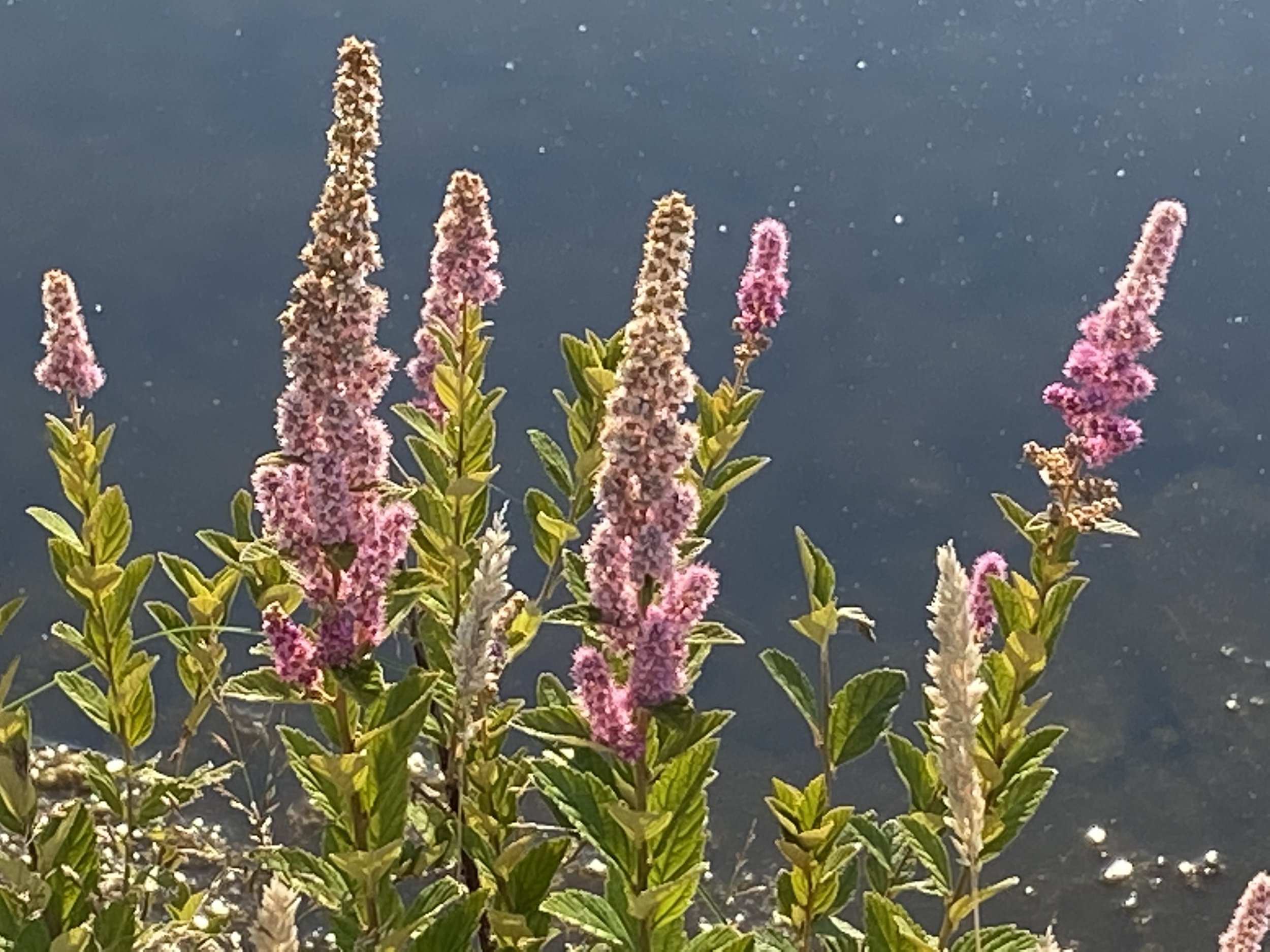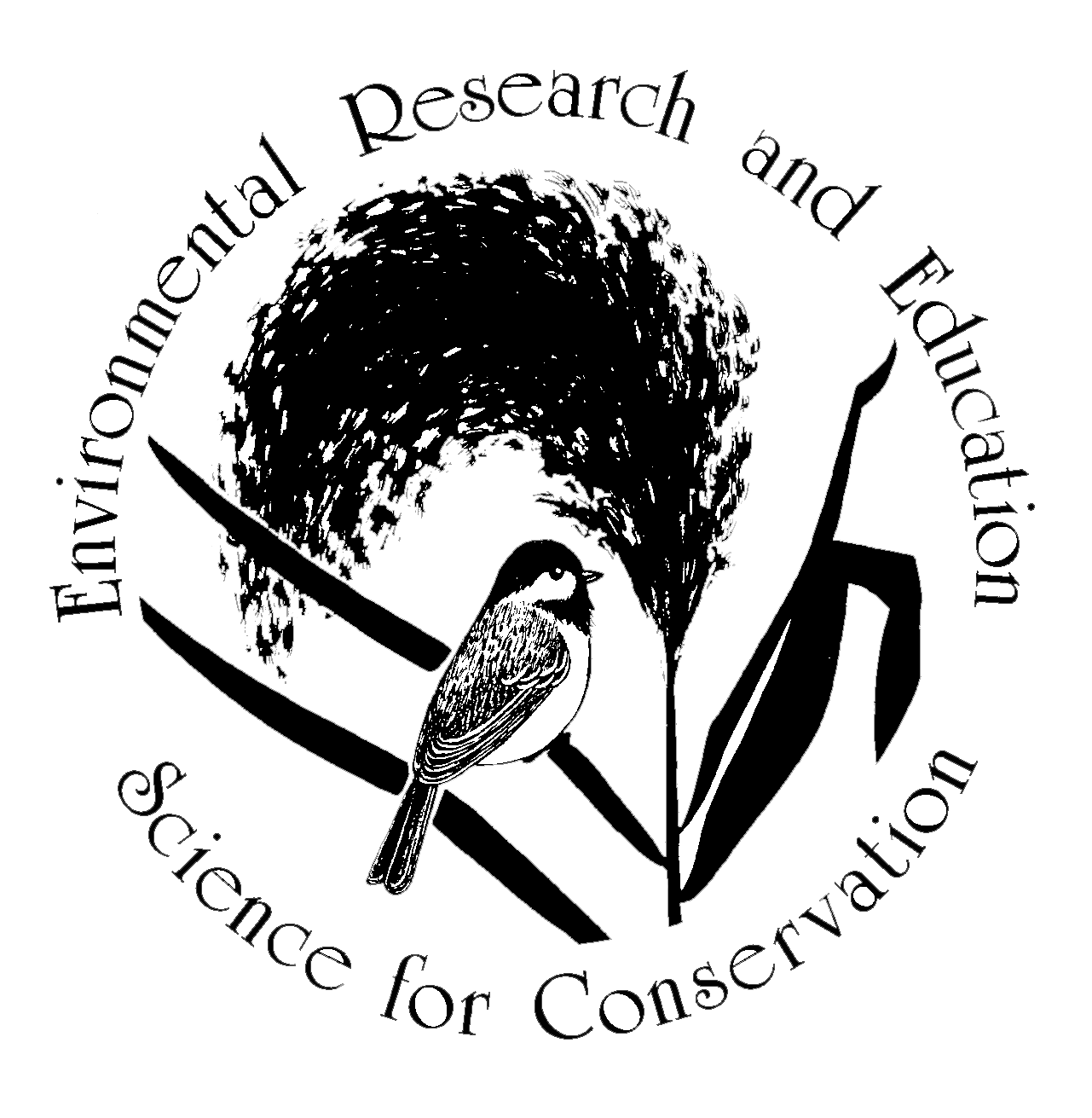Our Team
-
Erik Kiviat PhD, Executive Director
A lifelong resident of the Hudson Valley and a Hudsonia co-founder, Erik has studied the plants and animals of the region for 45 years and has authored or co-authored over 80 publications and 200 technical assistance reports on wetland ecology, rare species conservation, habitat ecology, introduced species, the Hudson River, and other subjects. Erik is the author of The Northern Shawangunks: An Ecological Survey; and co-author of Urban Biodiversity: The Natural History of the New Jersey Meadowlands. He is a certified Professional Wetland Scientist.
-
Robert E. Schmidt, PhD, Associate Director
Retired from teaching for many years at Bard College at Simon’s Rock in Great Barrington, Massachusetts, Hudsonia co-founder Robert Schmidt is still active on some of Hudsonia’s research projects. Bob’s long experience in ecology and natural history focuses on aquatic and estuarine habitats, fish, invertebrates, and nonnative species. He has conducted research in rural and urban stream systems, the Hudson River and Mohawk River, waterways of New England, and in the Neotropics.
-

Amanda Bevan Zientek, PhD, Director of the Biodiversity Resources Center
Amanda is a community ecologist with expertise in bat ecology and conservation. Amanda’s dissertation research focused on forest vegetational responses to insect pest disturbances and understanding how changes in plant communities influence arthropod assemblages and bat space use and foraging patterns. In addition to her experience in community ecology research, Amanda is also interested in studying adaptations of vocal communication of birds and bats. Amanda is also passionate about community-engaged research and developing tools to address bias and prejudice in ecological education. She has developed and led outreach and education programs that incorporate engaging urban, suburban, and rural communities in scientific monitoring of bats and amphibians.
-

Gretchen Stevens, BS, BRC Director Emerita
Gretchen has over 40 years experience in remote sensing, habitat assessments, habitat mapping, rare plant surveys, and other field biology in the Northeast and elsewhere in the U.S. She is co-author of the Biodiversity Manual for the Hudson River Estuary Corridor and A Beginner’s Guide to Wild Flowers of the Northeast. Gretchen has authored numerous technical reports on biological assessments, significant habitats, natural resource inventories, rare plant surveys and other subjects.
-

Andrew Leonardi, MS, Botanist
Andrew’s background is in plant ecology and his master’s thesis focused on the invasive slender false-brome (Brachypodium sylvaticum) and its impact on forest ecosystem functions. He has extensive experience conducting surveys for wetlands & streams, wildlife, and flora, including surveying for invasive, rare, threatened, and endangered species. He conducts field and lab work on many biodiversity assessment projects at Hudsonia.
-

Kathryn Natale, MS, Research Assistant
Kathryn comes to Hudsonia with broad experience in the fields of horticulture and habitat restoration, and has worked with both professionals and community members on best practices for managing their landscapes. She conducts field and lab work on many biodiversity assessment projects at Hudsonia. Kathryn is a Certified Urban and Community Forester (CUCF™) and a Certified Arborist.
-

Lea Stickle, BS, Administrative Director and Research Assistant
Lea came to Hudsonia as an intern, sampling bryophytes associated with co–occurring purple loosestrife and swamp loosestrife. Since joining Hudsonia Lea has worked on various projects, such as studying the response of a bog turtle population to habitat management, surveying wetland flora at Thompson Pond, and the annual survey of juvenile American eels (glass eels) in Tivoli South Bay.
(photo © Amy Wu / Hudson Valley Farm Hub)
-

Hudsonia welcomes inquires regarding internships and volunteering.
Please contact us or visit our Events page for available opportunities!
View current employment opportunities here.
Board of Directors
Enrique Díaz-Alvarez, PhD, eBury partners; Treasurer
Megan Dundas, DVM, Lincolndale Veterinary Center
Ann Gabler, MAT, Bard College Conservatory of Music; Interim Chair
Jim Glomb, BA, Final Draft
Amy Kirk, M.Arch
Mark Lindeman, PhD, Verified Voting; Secretary
Arvindh Rao, CFA, Sculptor Capital Management
Community Outreach & Development
Philippa Dunne
Advisory Board
James Challey, PhD, physicist, Vassar College
Richard Feldman, PhD, ecologist, Marist College
Peter Groffman, PhD, microbial ecologist, Cary Institute of Ecosystem Studies
Samantha Kappagoda, MBA, Risk Economics Limited
Felicia Keesing, PhD, ecologist, Bard College Biology Program
William T. Maple, PhD, ecologist, Bard College Biology Program, retired
Jane Meigs, Millbrook School, Millbrook, NY, Retired
Jonathan Meigs, Trevor Zoo, Millbrook School, Retired
David K. A. Mordecai, MBA, PhD, Risk Economics Limited
Frederick Osborn III, investment advisor, Garrison, NY
Carla Rhodes, conservation wildlife photographer, NY
Laura Tessier, MS, ecologist, Woodard & Curran Senior Planner
René VanSchaack, Greene Co. Industrial Development Agency
David J Yozzo, PhD, Great Ecology



